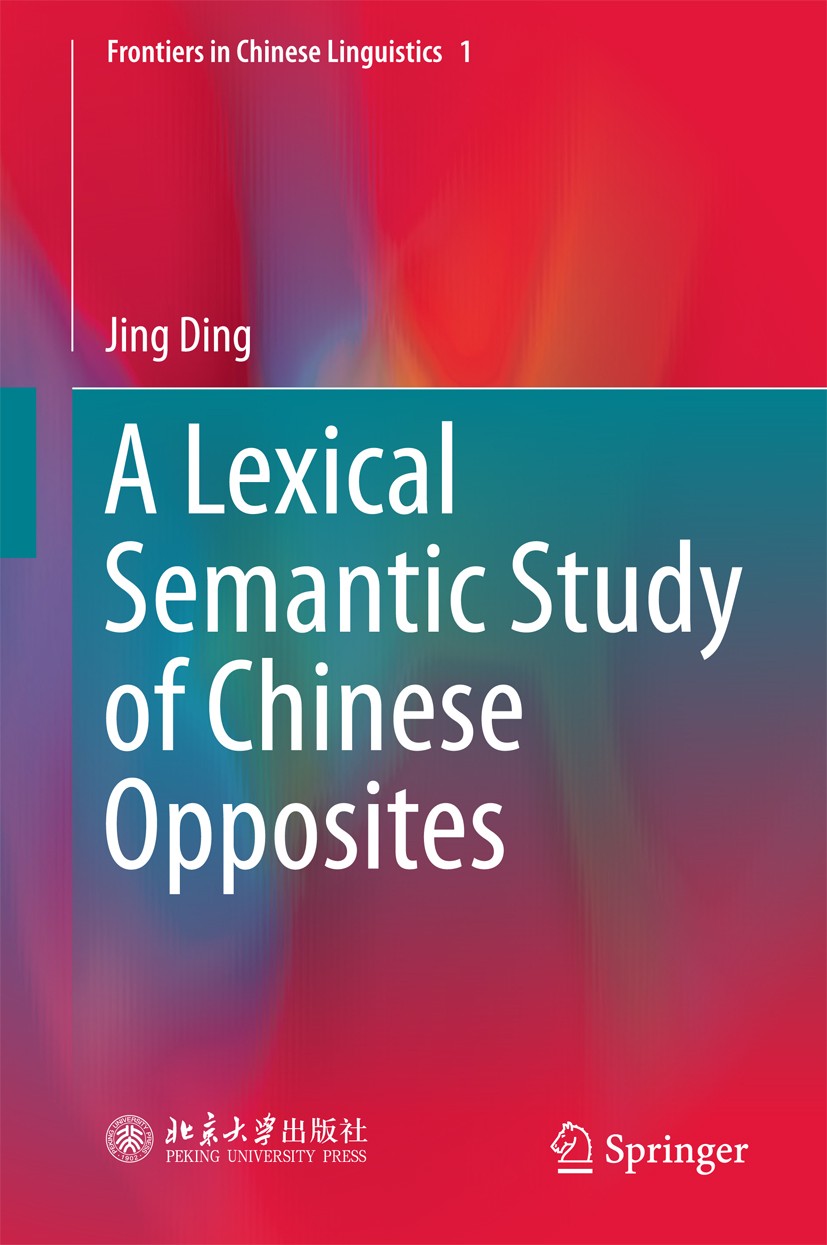| 期刊全称 | A Lexical Semantic Study of Chinese Opposites | | 影响因子2023 | Jing Ding | | 视频video | http://file.papertrans.cn/142/141332/141332.mp4 | | 发行地址 | Presents a practical discussion based on a large corpus, making it different from the previous theoretical studies.Provides a new perspective for looking at the differences of three main types of oppo | | 学科分类 | Frontiers in Chinese Linguistics | | 图书封面 |  | | 影响因子 | This book studies Chinese opposites. It uses a large corpus (GigaWord) to trace the behavior of opposite pairings’ co-occurrence, focusing on the following questions: In what types of constructions, from window-size restricted and bi-syllabic to quad-syllabic, will the opposite pairings appear together? And, on a larger scale, i.e. in constrained-free contexts, in which syntactic frames will the opposite pairings appear together? The data suggests aspects that have been ignored by previous theoretical studies, such as the ordering rules in co-occurrent pairings, the differences between the three main sub-types of opposites (that is, antonym, complementary, converse) in discourse function distributions. The author also considers the features of this Chinese study and compares it to similar studies of English and Japanese. In all, it offers a practical view of how opposites are used in a certain language as a response to the puzzles lingering in theoretical fields..This study appeals to linguists, computational linguists and language-lovers. With numerous tables, illustrations and examples, it is easy to read but also encourages readers to link their personal instincts with the resul | | Pindex | Book 2018 |
The information of publication is updating

|
|
 |Archiver|手机版|小黑屋|
派博传思国际
( 京公网安备110108008328)
GMT+8, 2025-11-16 23:43
|Archiver|手机版|小黑屋|
派博传思国际
( 京公网安备110108008328)
GMT+8, 2025-11-16 23:43


